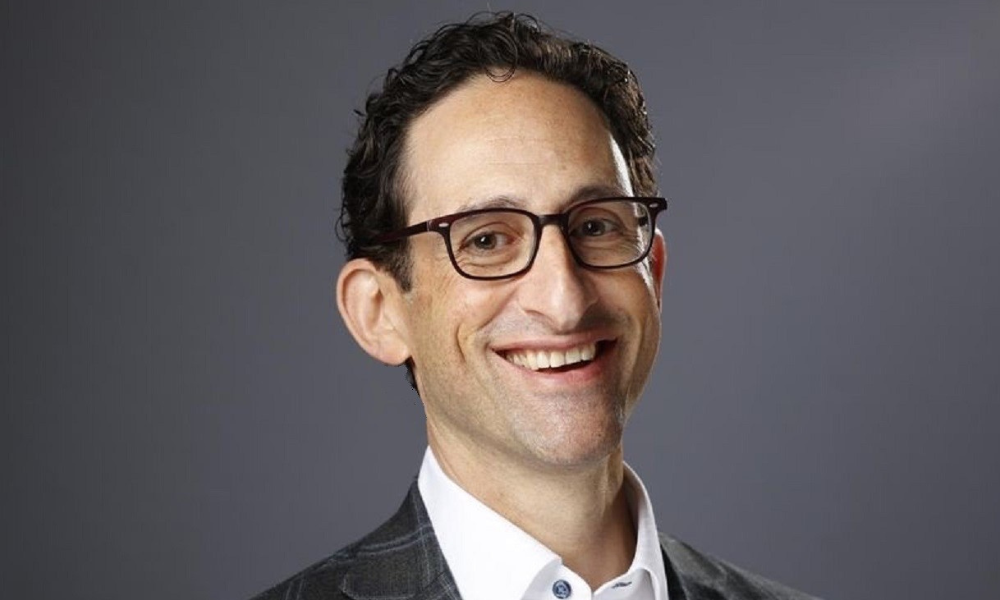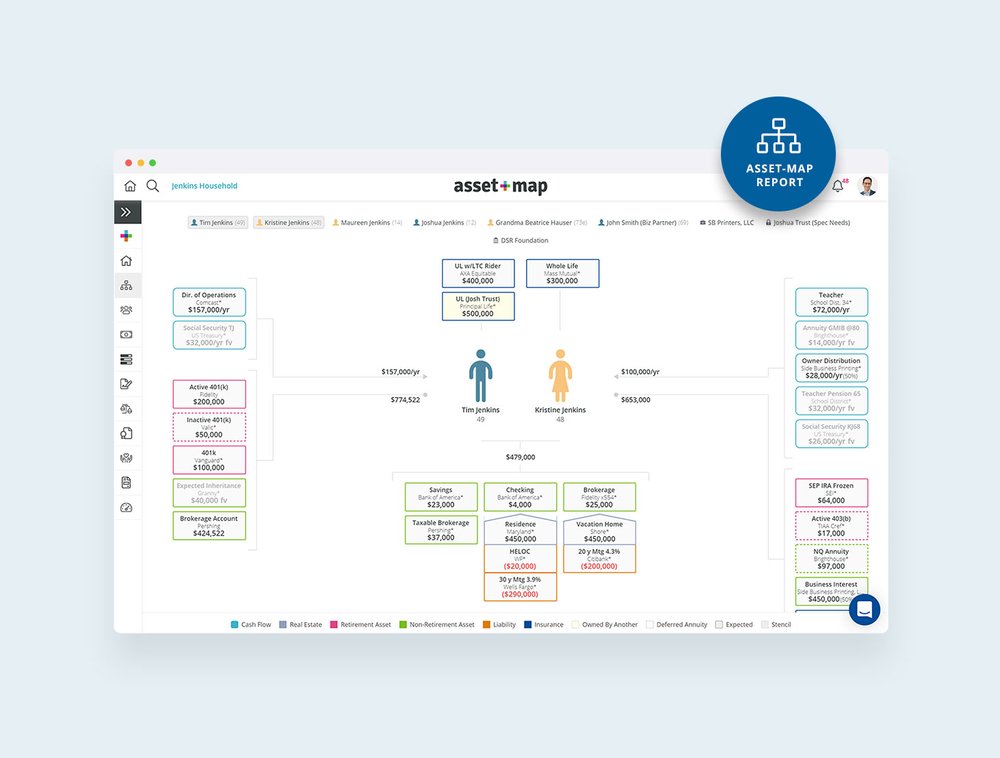CEO thinks that a visualization tool can help clients know what they don't know and form the base for an advisor's educational work

Canadians lack a universal level of financial literacy. A study of middle-income Canadians by Primerica recently found that 68 per cent of Canadians feel their education did not prepare them to manage finances in adulthood. Households are left to teach their children one of the most fundamental skillsets that adulthood demands of us all. The lucky few will learn from their parents or their family’s financial advisor and enter the working world with deeper knowledge about saving, investing, and personal finance. The rest of us learn in fits and starts, when major milestones like buying a home or planning for a child’s education force rushed and piecemeal education. The result is a patchwork of knowledge and Canadian investors left in the dangerous place where they don’t know what they don’t know.
Adam Holt thinks that visualization can help address these literacy gaps. Holt is the founder and CEO of Asset Map, a wealth tech company built around a household finance visualization tool. The tool, also called Asset Map, allows advisors to quickly map out the entirety of a client’s financial life in a format that’s easy to digest and understand. The goal is to recognize where problems are occurring that neither the client nor the advisor might be aware of. Once those problems are identified, advisors can work as an educator and help clients address the gaps in their own knowledge, protecting them from the risks of financial illiteracy.
“What I have seen is consumers arriving to an idea ten years down the line and saying ‘why didn’t anybody tell me this,’” Holt says when asked about the risks of these literacy gaps. “There are inherent costs and missed opportunities that are affecting consumers which they don’t know about until later. That’s the challenge with now knowing what questions to ask or not knowing how to be your own advocate…It’s incumbent on the advisor to help, but I don’t think that advisors are really incentivized to educate their clients.”
Holt believes advisors are still not incentivized to educate clients because of the industry’s roots as a sales and distribution business. While there has been progress towards more holistic wealth planning, many of the educational foundations of the business are still geared towards greater distribution. Moreover, fee-based advisors tend to chase higher net worth clients who may already have stronger financial literacy. Holt is of the view that tech tools like Asset Map can help advisors integrate more literacy education into their practices by effectively functioning as a triage tool, identifying the most glaring issues so they can be addressed and opening wider conversations about how well clients understand their plans.
Normally, clients get massive reports from their advisors about the state of their plans. Holt, who is himself a former US-based advisor, says those reports were very difficult for clients to read and fully grasp. Asset Map, instead, offers a colour-coded visualization of a client’s whole financial life.

“It accelerates the advice conversation by putting your financial situation on one page, which breaks the first challenge that everybody has which is ‘I don’t even know what I’ve got,’” Holt says. “It’s very much like a financial X ray that highlights a few things that need to be focused on, the issues that cause problems, and puts them in a full picture.”
The financial situation that Asset Map lays out for clients is contrasted with a ‘peer performance’ benchmark. Taking an aspirational model of a client’s peer group, the platform can show that client how far ahead or behind of the ideal peer they are right now. Those peer metrics are informed by a wide dataset that Asset Map accesses. Despite their origins in the US, Holt notes that the platform has been built out with a “full Canada stencil” for Canadian advisors.
Holt sees a use case for Asset Map amongst a wide range of Canadian clients. For less affluent and less literate clients the tool can identify gaps in knowledge and quickly point out where advisors can help their clients learn. Given some of the resource constraints advisors now deal with, that can make the sometimes-time-consuming work of education simpler. For more affluent clients, Asset Map can help lay out the considerable financial complexity in their lives and determine how much work an advisor needs to do to make sense of it.
“It’s analogous to that X-ray. 100 per cent of clients need an X-ray but only 20 per cent probably need an MRI. Asset Map provides that X-ray and then an advisor can decide who really warrants doing that full MRI,” Holt says. “Some people just need a band aid, some people just need education.”


